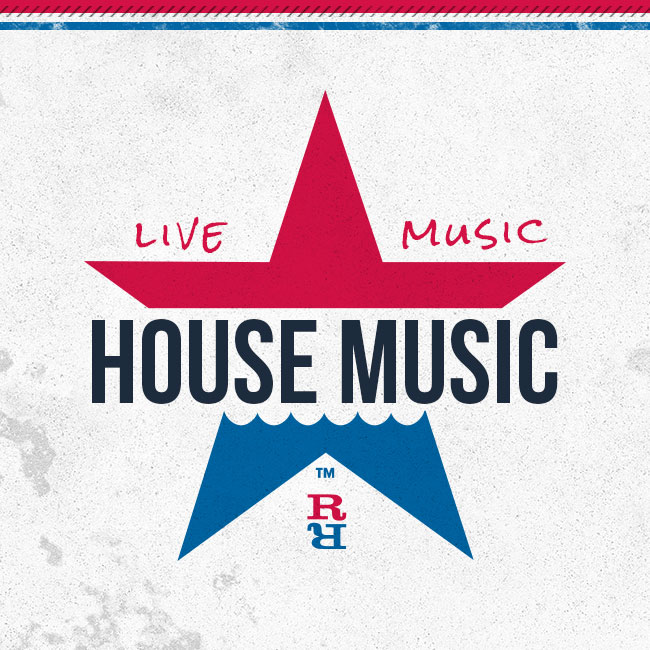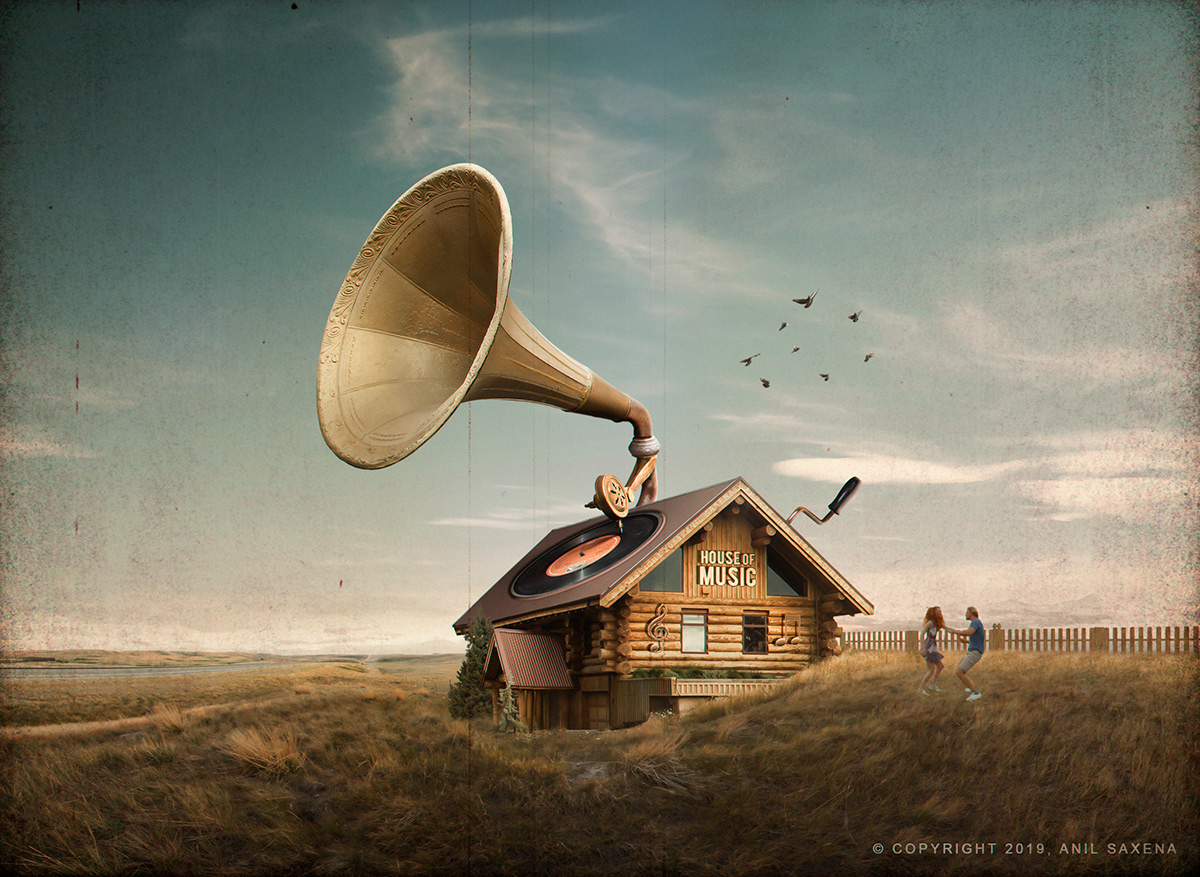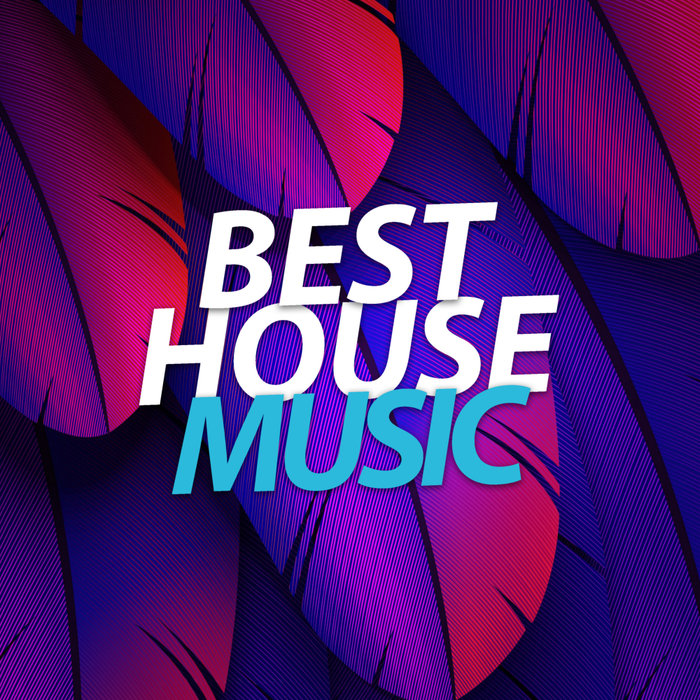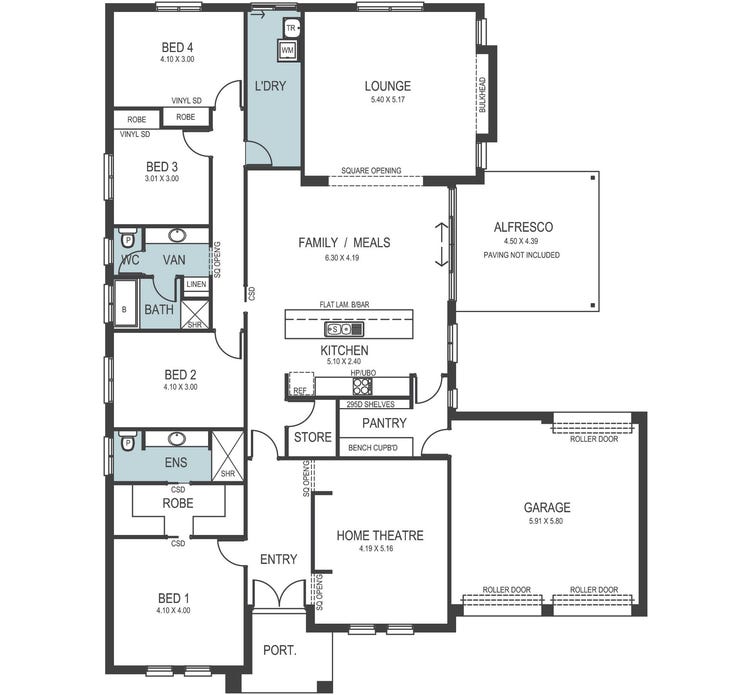Table Of Content

The big room sound was now called “EDM,” and every festival was filled with massive stars like Avicii. The piano background builds the song to a fever pitch, while the simple but effective vocals will give you chills while you wait for the song to drop. Once the beat hits, you’ll have a hard time embracing the song and dancing nonstop. The combination of house beats, psychedelic synths, and techno created Acid House.
House Music Showcase set for NASCAR Chicago Street Race Weekend - Chicago Sun-Times
House Music Showcase set for NASCAR Chicago Street Race Weekend.
Posted: Thu, 25 Apr 2024 15:00:00 GMT [source]
Well-Known House Music Artists
This number from Chicago’s Lil’ Louis was one of the first house tracks to enjoy both considerable commercial success and heavy club airplay on its release. Even one listen to its infectious, unrelenting groove and orgasmic tempo shifts is enough to understand exactly why it got everyone so excited. It is classified as a diva house and tropical house song because of its prominent female vocals, breakdowns, and abundance of piano ‘stabs,’ as well as its more uplifting and relaxing sound. “Acid Tracks” is a Phuture acid house song released in 1987 on Trax Records and produced by Marshall Jefferson. Classed as dance/electronic music, “You Don’t Know Me” (originally titled “U Don’t Know Me”), is a house song written by Armand van Helden and performed by German-American singer Duane Harden.
Secrets of electronic interfaces: Modularity
It usually keeps the 4/4 beat and remains pretty simple overall, with layered beats that fade in and out instead of big drops. The main characteristic of Outsider House is its kind of low energy, low-quality samples that add to the aesthetic, deliberately adding the reminiscent mood to its parent genre. Kwaito is probably the most distinctive subgenre of House to come out of Johannesburg, South Africa. While UK Hard House has an uplifting party mode feel to it, NuNRG (also known as Filthy Hard House) gives off a more dark and twisted, almost aggressive style.
House Music, Dancing, and Its Socio-Political Impact
It has since gone on to become one of the most loved genres of music around the world, spawning many subgenres that still dominate DJs record bags to this day. In this article, we’ll explore the different types of house music that have resonated with fans worldwide, delving into their histories and highlighting what makes each one stand out. While they don’t get nearly as much radio time as they did back in the late 2000s and early 2010s, they certainly have left an impact on the music scene and continue to innovate within their sound. Sounds or artists might change year to year, house music keeps on chugging and will have its fans moving their bodies for decades to come.
Show Me Love – Robin S.
Mostly, when people want to pay tribute to your songs, you’re no longer on this earth, you’re gone. It’s not only people my age, there are kids aged five and they’re mouthing the entire song. House Music is a feeling, but it is also a many-splendored concrete reality that’s been woven into the lives of millions of people’s lives. We’ll try to map out the territory in Beatport’s definitive history of house.
Chill house tunes may slow to 100 BPM while hard house and other aggressive genres can have BPMs that exceed 150. Saunders expanded beyond the primarily Black and queer crowds and disco lovers and carved his own milestones. He set up the first house recording label, became the first house artist to enter the Billboard charts and the first house music artist to be signed to a major label. Musicians consider the first real house record to be “On & On,” by Chicago native Jesse Saunders and collaborator Vince Lawrence. Saunders was influenced by Knuckles among others, absorbing him as an influence and spreading house music to the rest of the club-going population. House music originated in the dance scenes of Chicago and New York in the late early 1980s from the remnants of the disco craze of the 70s before.

Artists like Omid 16B, Deep Dish and Tomcraft and many more launched decades-long careers off the back of this late nineties explosion, and tracks like Sasha’s “Xpander” dominated Ibiza and the rest of the clubbing world. There was a definite hippie element to this — out-and-out crusty festival acts like Eat Static and Astralasia were in the mix, and in California, the Hardkiss collective were heavily influential. The early progressive movement also launched bands like Fluke, Spooky, and the mighty Underworld, even generating some huge hits early on, notably Gat Decor’s “Passion” and Atlantic Ocean’s “Waterfall”. While other sub-genres have evolved over time, acid house arrived fully formed.
Chicago House Music Festival 2024 lineup announced for June 2 Millennium Park event celebrating 40th anniversary of music genre - WLS-TV
Chicago House Music Festival 2024 lineup announced for June 2 Millennium Park event celebrating 40th anniversary of music genre.
Posted: Thu, 04 Apr 2024 07:00:00 GMT [source]
It can be argued that part of the reason EDM ravers look down upon Big Room so much is how successful it got with mainstream media like radio. This subgenre follows the mantra of “anything goes” according to its pioneer, Alfredo Fiorito. It originated from South Africa by bringing together Kwaito, Deep House, and Tribal House. Acid House is very similar to Chicago House in terms of structure but not the result. Acid House has a more edgy, amped vibe to it while still maintaining the easy dance tempo of 128 BPM or so.

I’ve chosen to add the Ozone Maximizer to the master track, bringing the Threshold down to -7 dB to reduce the signal’s dynamic range to give us a bigger, beefier-sounding track. At the end of the second version of the organ sequence, move the D# and F at the end to the left one 16th note. This creates a little variation that helps keep the part sounding fresh. Set this track to -3 dB so that we have more headroom to add other elements.
It was initially popularized by DJ Frankie Knuckles, who is often credited with its creation. House music quickly spread to other American cities, such as Detroit and New York, and then to the rest of the world. Between the mid-1980s through early 90s, clubs from New York City to Miami saw Tenaglia fill dance floors on a weekly basis. These residences gave him recognition not only among music fans but in the DJ circuit alike. Today he is one of the most recognizable and sought after names in house music.
The first few pioneers who made house music were DJs like Frankie Knuckles and Ron Hardy. The beat ranges from the slowest, 110 beats per minute, up to the fastest 130 beats per minute. Another distinct characteristic is the tempo, which is a four-by-four beat that plays on repeat. People eventually shortened it to simply “house”, hence the name “house music”. House music is the predecessor of the electronic disco we hear nowadays. Without the creation of house music, DJs would not be as famous as they are now.
DJs moving beyond the disco culture began to experiment with new mixing techniques and rhythmic variations that eventually became house. The explosion of house music quickly spread across the globe by the 90s. Also, a rise of independent labels started releasing dance music exclusively.













